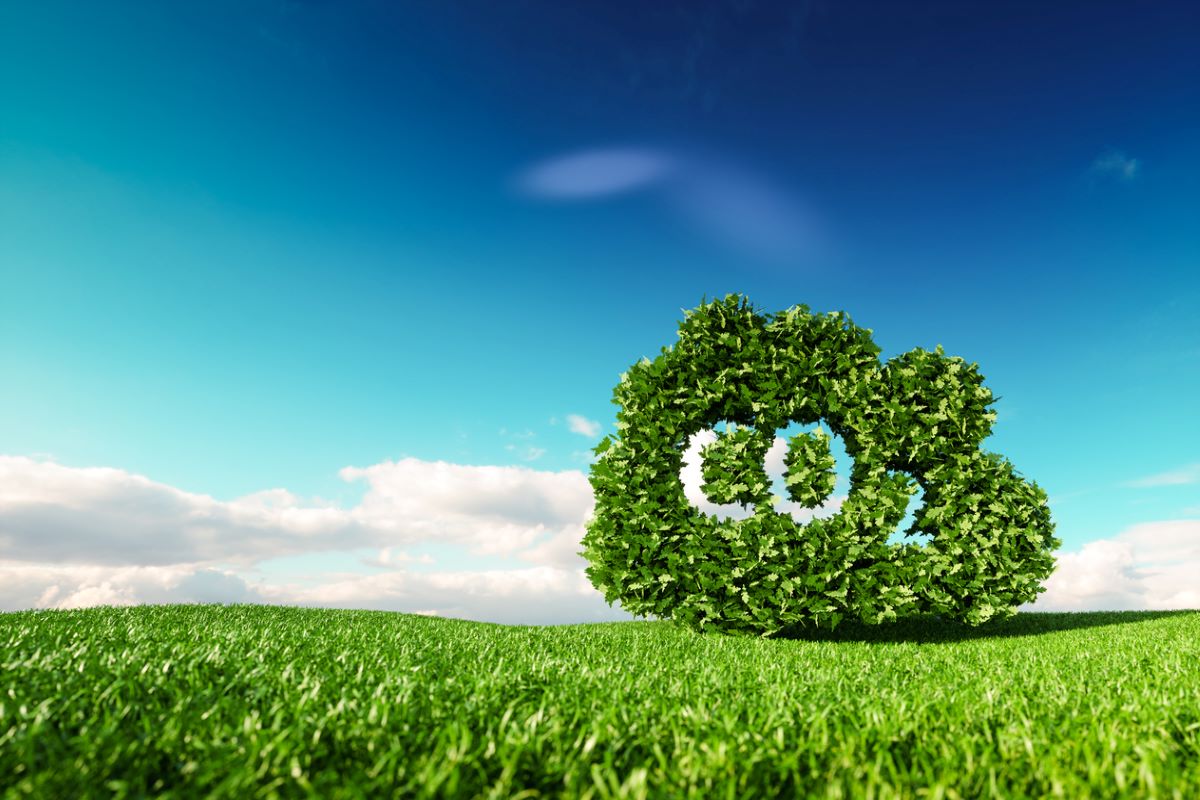As we hurtle toward a carbon-neutral future by 2050, the race for green metals is on. Nations are sealing deals, negotiations are underway, and the world is collectively holding its breath, anticipating an unprecedented demand for metals crucial to the decar- bonisation journey. The question looms large ~ can we sidestep the looming green metals crunch? The enor- mity of the challenge becomes apparent when one con- templates the staggering figures – a demand projection exceeding 6.5 billion tonnes of green metals, as per esti- mates by reputable think tanks. With 72 countries com- mitting to net-zero targets, the global community faces a formidable task ~ ensuring a smooth supply chain for metals like copper, nickel, lithium and cobalt, integral to the renewable energy revolution. Policymakers sound the alarm, expressing genuine fears of an impending supply crunch that could jeopardise the entire green transition. Shortages are anticipated, with estimates ranging from 10-15 per cent for copper and nickel to a staggering 30-45 per cent for other battery metals. As dwindling stocks trigger price hikes, the ensuing demand destruction threatens to unravel the carefully woven fabric of the green dream. However, all is not lost. In the quest to minimise the green-metal crunch, three levers emerge as potential game-changers. First, there’s the immediate option of extracting more supply from existing sources. While this offers a quick fix, its impact is inherently limited. Secondly, the prospect of opening new mines holds promise, but the labyrinth of regulato- ry hurdles and environmental concerns casts a shadow over this solution. The third and perhaps most crucial lever is altering consumer preferences and practices. Reusing materials, a concept gaining momentum, promises quick wins, especially for metals like alumini- um, copper and nickel, all widely recycled. Initiatives from major mining players investing in recycling start- ups showcase a growing awareness of the need for sus- tainable material practices.
Technological innovations emerge as a beacon of hope. Companies are developing processes that extract metals efficiently, presenting an opportunity to harness low-metal-content ores. The potential yields are signifi- cant, with estimations suggesting an extra 1 million tonnes of copper annually without substantial costs. Additionally, in Indonesia, a key nickel producer, the implementation of “high-pressure acid leaching” in nickel production is turning low-grade ores into viable materials for electric cars, potentially filling supply gaps. However, these innovative solutions come with uncer- tainties and environmental drawbacks. Striking a bal- ance between technological advancements and sus- tainability becomes imperative to ensure a holistic ap- proach to the green metal dilemma. In the grand sch- eme, the pathway to a sustainable metal future is not lin- ear. While new mines and recycling initiatives will likely play a pivotal role in the late 2030s, the immediate chal- lenge demands a nuanced strategy. Auto and battery manufacturers, key players in this unfolding drama, can wield substantial influence by embracing material effi- ciency. From thrifty designs to exploring substitutes, the industry can pioneer solutions that not only meet demand but also steer us toward a more sustainable and efficient future.












